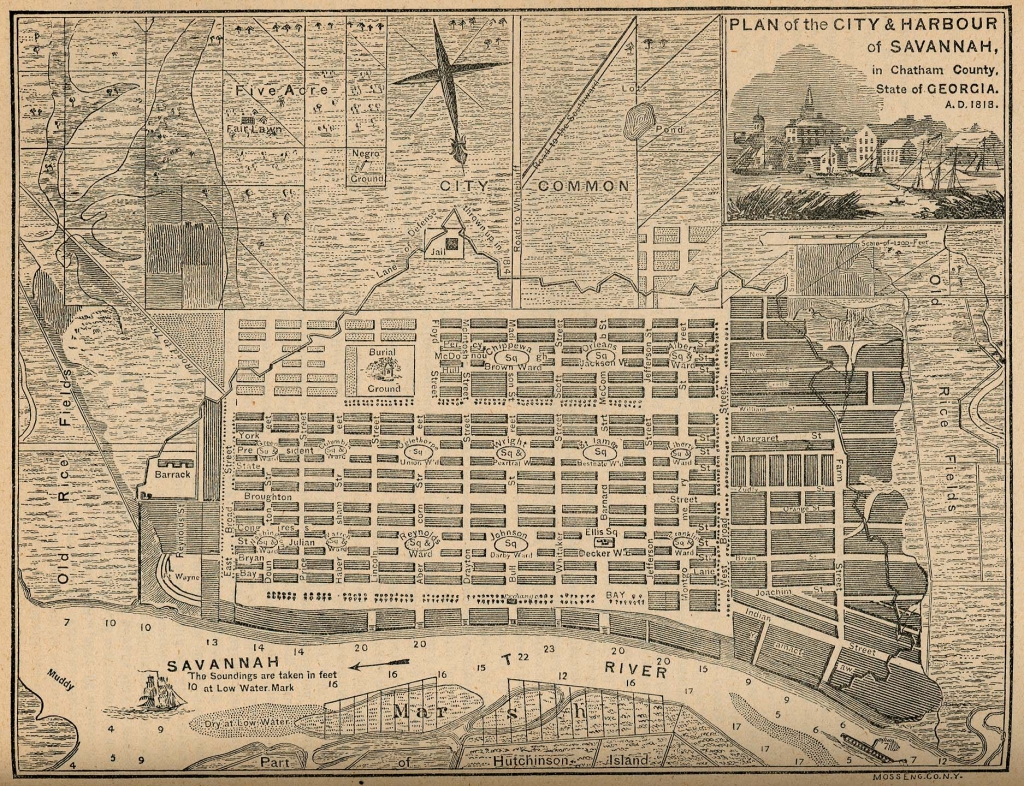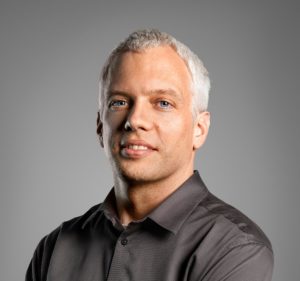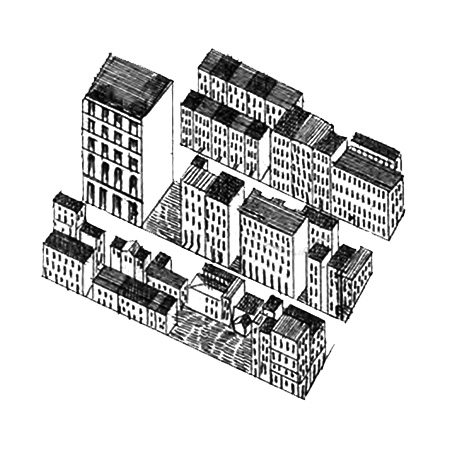In Their Own Words: Ryan Gravel
I couldn’t help but think of Doug…
I couldn’t help but think of Doug one summer when I visited Savannah with my cousin, Leanne.

The Savanah City Plan, 1818.
We were both in our mid-twenties and had both grown up in sprawl. That day, however, we were walking through one of the most amazing cities in the world. Doug talked about it all the time, of course, so I understood the significance of what I was experiencing. We found ourselves standing in the street near one of Oglethorpe’s famous squares, fully embedded in what is arguably the most delightful and sophisticated urban plan in America, when Leanne turned to me and asked, “Does Savannah have a real city?” Reading confusion on my face, she paused for a moment and then clarified, “I mean, does Savannah have a mall?”
“Does Savannah have a real city? I mean, does Savannah have a mall?”
The question caught me off guard. While there have been generations of people, she and myself included, who grew up with the shopping mall as the highest standard of how we build our cities, I had spent the last several years of my life studying cities. My view of Savannah was forever influenced by Doug’s History of Urban Form course. And even prior to that, in a studio critique where one juror mocked a friend’s project by saying, “A spaceship has landed in Virginia-Highland,” Doug instead taught us to think. “It is easier to bake a cake with sugar and flour,” he said, “than with raw chemical elements.” He was referring to the constant attempts by students to reinvent the way cities fit together, rather than embrace them as a reflection of how we want to live. Those fresh ingredients—the kind you get at the grocery store, not in the science lab—were all around me and Leanne that day in Savannah: sidewalks, porches, fountains, and all the rest in a magnificent display of urbanity. That’s what makes a city “real,” isn’t it?
Ryan Gravel
AICP Founder
Sixpitch
